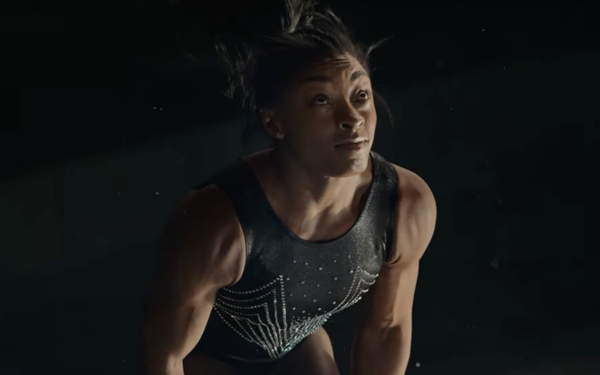
The women’s sports
industry is flourishing, as exuberant and dynamic as the star female athletes who grabbed our attention during the Olympics.
According to brand data company Collage Group, since
2022, women’s participation in sports has increased by 7%, or by nearly 10 million people. As skillful, famous female athletes are scattered throughout popular culture, their fan bases rise,
inspiring girls of any age to participate in sports in some manner, whether that be playing or watching.
This admiration is reflected in the media. According to Forbes, coverage of
women’s sports has tripled in the last five years, and with no expected decline. Deloitte’s research predicts a projected revenue of $1 billion from women’s elite sports in the year
2024 alone.
advertisement
advertisement
“This year the United States is represented by more women than men athletes for the fourth consecutive time in the summer Olympics. That is a huge market that all
sports brands should have center in any marketing strategy,” Elizabeth Jackson, Collage’s CMO, told Marketing Daily.
For example, “brands like Nike and Adidas”
-- already well-positioned in the space -- “need to increase their investment to reach more consumers, and they need to consider the full 360 marketing plan to reach, engage, and retain
women consumers.
“Collage data shows that these two brands have very different consumer bases, so each brand needs to first understand WHO their target market is among women participants
and fans (intersectionally from race, ethnicity, Gen Z to boomers, sexuality, and parenthood, as well as which sports appeal to which consumer segments).”
In fact, according to Collage,
brands must work towards a variety of cultural groups to accurately engage with athletic audiences. Different sports apply more closely to certain cultures. Hispanic consumers make up 31% of followers
for soccer, while 52% of Black Americans follow American Football, both the majority groups for their categories.
And how can brands move beyond the Olympics to take advantage of this new
interest in women’s sports?
“Athletic competition is year round,” which means more spots for advertising, said Jackson. “Beyond the Olympics, the U.S. Open is at
the end of the month. And we’re right in the middle of the WNBA season now, with playoffs building in the fall. The league’s recent All-Star game pitted the women’s Olympic team
against the WNBA All-Stars - aka the best players who didn’t get selected for the Olympics -- and the competition was incredible! Caitlin Clark, Angel Reese, and the All-Stars beat the Olympic
team and made great sports event content.”
Further, there’s “the range of sports from soccer to golf to basketball and ice hockey and marathons. Women’s sports
for NCAA women’s college, high school, and youth sports continue throughout four seasons."
One last point: “The playbook for brands to reach and engage with both participants and
fans should include everyday moments involved in daily training as well as competitive events and games.”
Collage Group uses the term “cultural fluency,” and recommends
brands incorporate that philosophy by maintaining cultural awareness and sensitivity as a key element of their brand, or prioritizing data that can describe where their products are best fit for
various cultural groups. “There is a first mover advantage on three angles -- to establish unique points of view for the brand, to secure sponsorships with up-and-coming athletes at all levels
of competition while the price is lower, and to build holistic brand experiences down to the local grassroots level to win.”